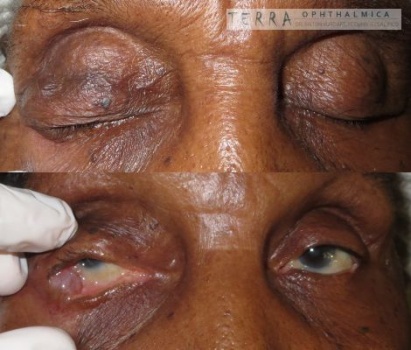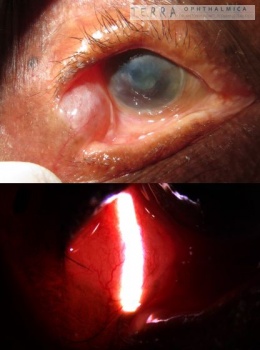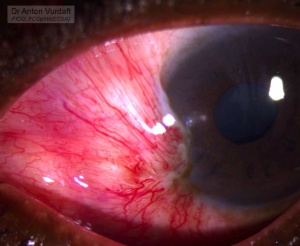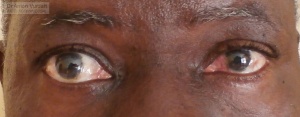A retrospective study from Mali has shown, that in kids with congenital ptosia, in a low-resource setup the polypropelene frontalis sling could still be an option. Although the ideal material for frontalis sling is fascia lata in adults and silicone slings in kids, sutures could be an option, where those are unavailable. Authors claim ~85% success rate in 4-25 months.
I personally used this technique once in an adult lady with blepharoptosis-phimosis-canthus-inversus syndrome, with good result in a short-term. My pediatric colleague from Zambia claims also, that even with the suture cutting through, it manages meantime to create the scar, and thus to hang the lid anyway.
Source: https://www.ncbi.nlm.nih.gov/pubmed/31858999
In our study, the surgical result (prior to correction of recurrences) was satisfactory in 81.82 % of cases, with a recurrence rate of 13.64 %. The mean follow-up was 14 months, ranging from 4 to 25 months.





